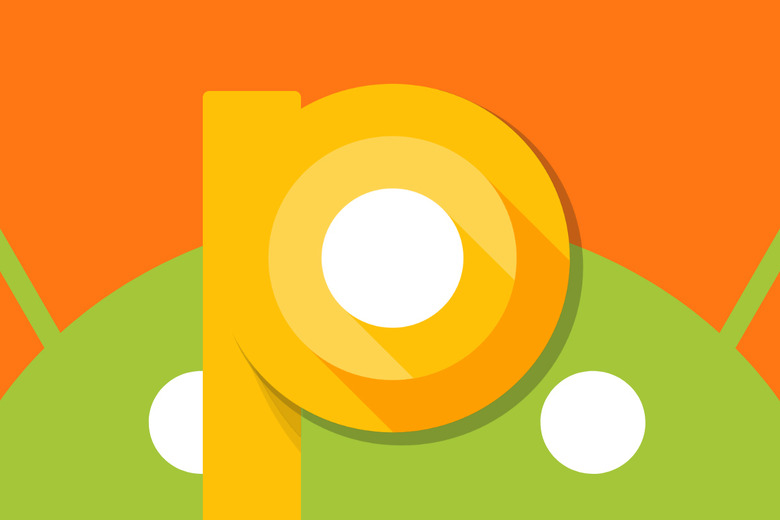Video Shows Off The New Android P App Switcher That Google Totally Didn't Copy From The iPhone X
When Google released the first developer beta of Android P earlier this year, I looked like it was shaping up to be a bit boring. Sure there were a bunch of nice updates and refinements, but there really wasn't anything Earth shattering to get excited about. Of course, that all changed at Google I/O in early May, when Google showed off tons of new features coming to Android P this year. What's more, Google released a new version of its Android P beta that included many of those features, and it made the new Android P beta available to the general public on several popular phone models instead of restricting it to its own Pixel phones.
Android P is shaping up to be the biggest update the Android platform has seen in years. It includes plenty of new features and it refined plenty of old features, but it also ushers in some intriguing changes to the Android user interface and to UI navigation. Some of Google's changes are novel and unique, while others are... shall we say... familiar. OK fine, some of them are copied straight from the iPhone X.
Android's current app switcher UI is great. It's easy to flip through, it has nice big cards to represent each open app, and users have grown accustomed to it over the years. But Apple's new app switcher UI in iOS 11 is much better. So Google copied it.
Now is the point in the article when Apple fans will crow about how Google copies everything that Android fans will whine about how Google copies nothing and Apple copies everything from Android. We've come to terms with the fact that nothing we say can make them all realize how silly and trivial it all is, and that these companies constantly copy features from each other. So we'll just move on.
Anyone with eyes instantly recognized where Google found its "inspiration" for the new app switcher in Android P. Just like anyone with eyes and a good memory knows that Apple found its "inspiration" for the iOS app switcher in Palm's old webOS platform. But if for some reason you weren't aware of how similar the new Android P multitasking interface is to Apple's, we've got you covered. Apple news blog 9to5Mac put together a video comparing new Android P app switcher interface with Apple's app switcher on the iPhone X, and you can check it out below.
The screen on Google's new app switcher in Android P is a bit more cluttered than Apple's because Android P includes a search bar and icons from suggested apps at the bottom. But the Android P version of Apple's app switcher also offers some benefits. For one thing, app cards are more spread out so there are fewer mis-taps. Android P also makes it easier to close apps. In iOS, the user must first long-press on any app card so that red X marks appear at the top of each one. Then a tap on the X or an upward swipe will close the app. In Google's new app switcher, a simple upward swipe is all one needs to do to close it, and that's the way it should be.
When can you finally get your hands on Android P and its new iOS-ified app switcher? Unless you have one of these phones you'll have to wait until sometime next year. The final version of Android P will be released to the public sometime this summer and then it will be up to Android phone makers and wireless carriers to release updates for their smartphones.
